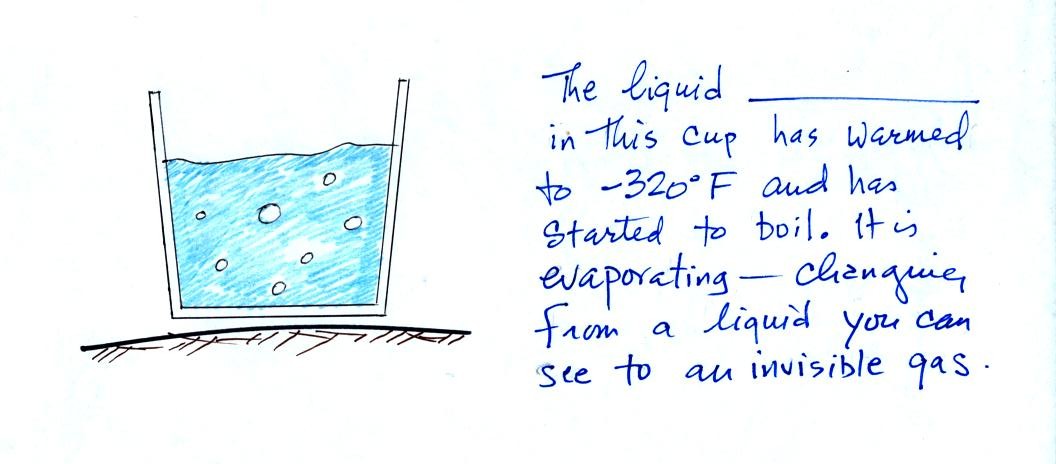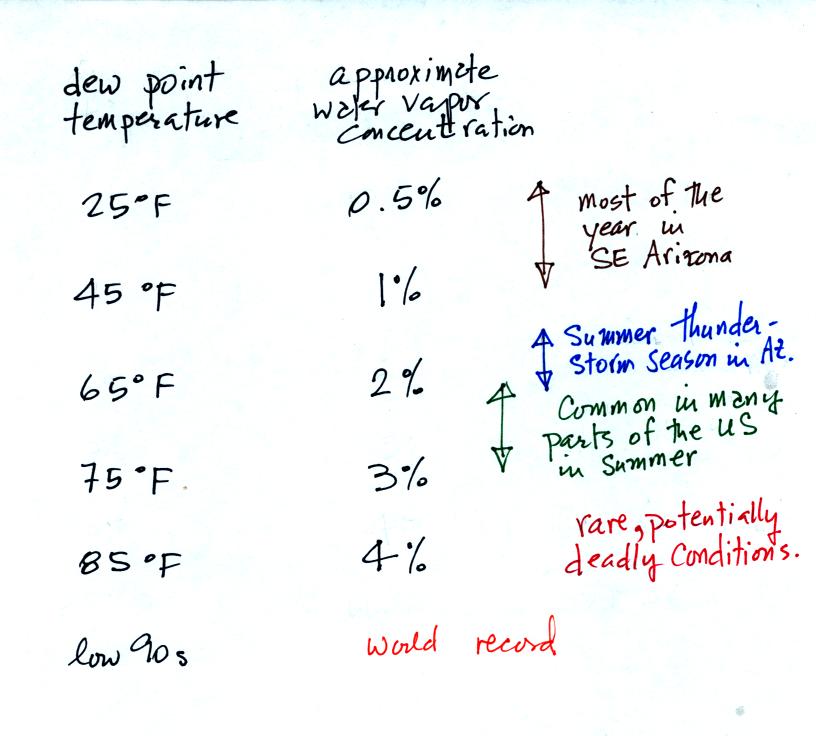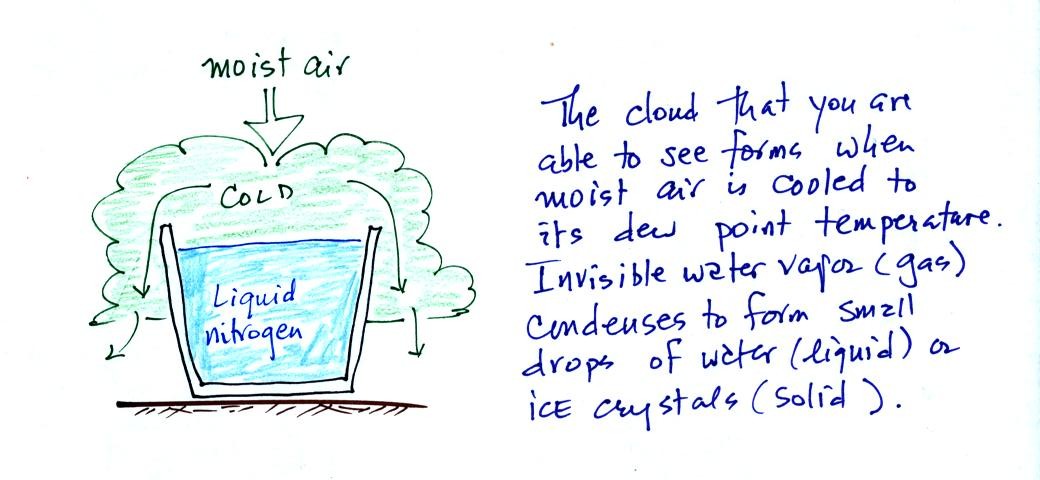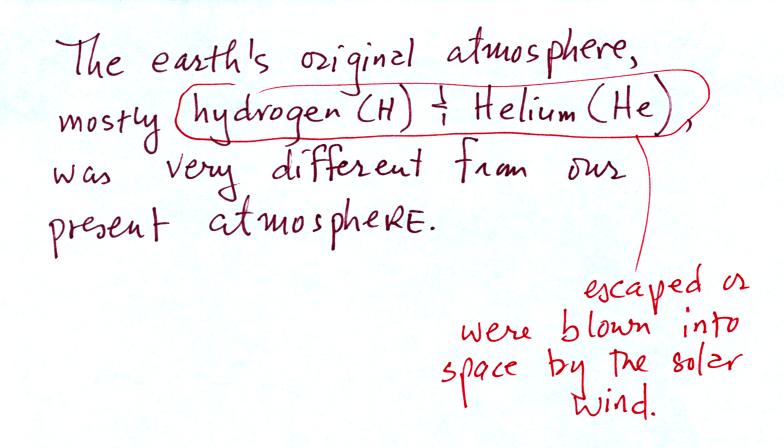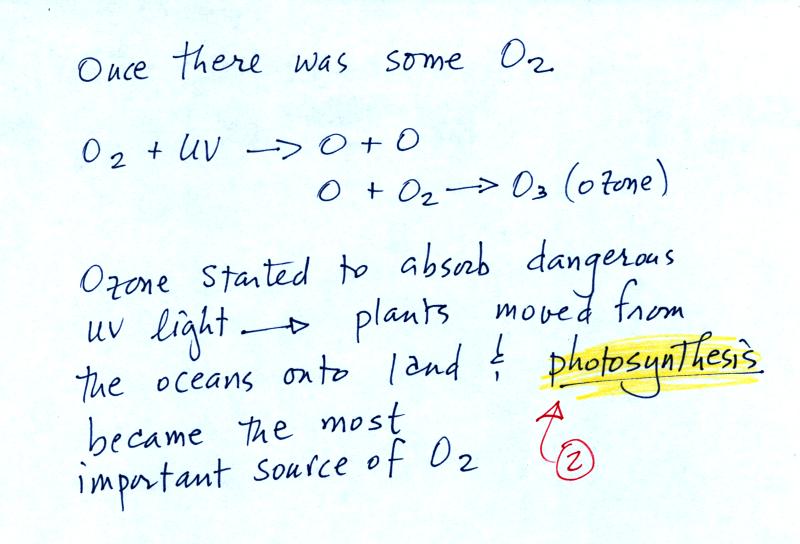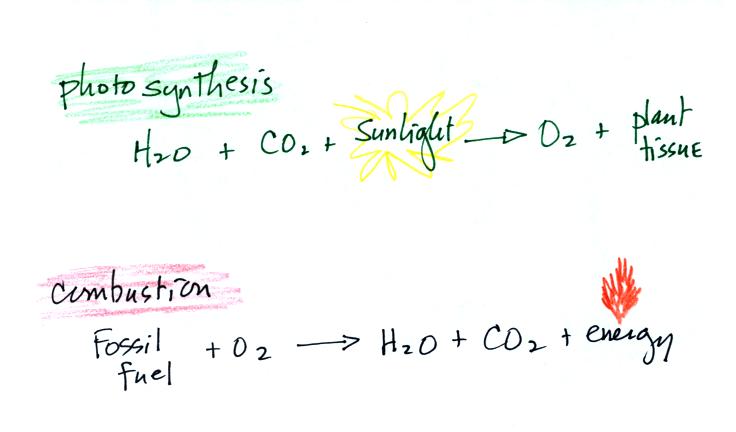Tuesday Aug. 26, 2008
(click here
to download these notes in
a more printer friendly format)
Today's musical selection was Diablo Rojo by Rodrigo y Gabriela.
The plan this semester is to fill the 5 minutes before class with some
kind of music or song (music won't take up any actual class
time). Hopefully you'll enjoy at least some of the selections;
comments and ideas from students are welcome.
Today was the
first day of class.
We first briefly discussed the Course
Information
handout. Read through this carefully on your own. You
should try to purchase a copy of the
photocopied
Classnotes (in the bookstore) right away as we will probably be using
some of
them in class on Thursday.
Next we looked at the Writing
Requirements
handout. You should be thinking about which of the 4 experiments
(or book or scientific paper reports) you would like to do so that you
can sign up in class on Thursday. Distribution of the materials
for
the first experiment may begin on Thursday, but more likely next
Tuesday.
Your grade
in this class will depend on your quiz scores, how much
extra credit you earn, your writing grade, and (perhaps) your
score on the final exam. A sample grade report from the Spring
2008 T Th Nats 101 class was shown.
Don't
worry about all the details at this point. Note that this student
earned a D on one quiz and Cs on the three other quizzes. The
student ended up with a B in the class largely because of the high
(92.5%) writing grade and because of the extra credit (EC) points.
We'll
begin this new semester in Chapter 1 of the text. Before
opening
the book and beginning the first reading
assignment, try to imagine
what you would put in the first chapter of a meteorology and
climatology textbook.
The
first student answer that I heard was whether there would be enough
oxygen in the outside air to
breathe. These and other basic characteristics of the atmosphere
such as air pressure and air density are covered in Chapter 1.
Today
we
were mostly just concerned with the composition of the earth's
atmosphere, in
particular the 5 most abundant gases in the earth's atmosphere.
This
is the first of several questions asked during class. The answer
was filled in after pouring some liquid nitrogen into a cup.
You can see liquid nitrogen, it is clear (not blue as
shown above) and looks
like
water. Once it has
evaporated and turned into a gas it is invisible. Nitrogen was
discovered in 1772 by Daniel Rutherford (a Scottish
botanist). Atmospheric nitrogen is relatively unreactive
and is sometimes used to replace air in packaged foods to preserve
freshness. We'll use liquid nitrogen in several class
demonstration this semester.
Nitrogen is the most abundant gas in air, what other gases are there?
Oxygen
is
the second most abundant gas in the atmosphere. Oxygen is the
most abundant element (by mass) in the earth's crust, in ocean water,
and in the human body. Here's
a photograph of liquid oxygen. It has a (very faint) blue
color.
When heated (such as in an automobile engine) the oxygen and
nitrogen in air react
to form compounds such as nitric oxide (NO), nitrogen dioxide (NO2),
and nitrous oxide (N2O). Together as a group these are
called oxides of nitrogen; the first two are air
pollutants, the
last is a greenhouse gas. More about those in class on Thursday.
Water vapor and argon are the 3rd and 4th most abundant
gases in the
atmosphere. The concentration of water vapor can vary from near
0% to as high as 3% or 4%. Water vapor is, in many locations, the
3rd
most abundant gas in air. In Tucson, the air is often dry enough
that argon is in 3rd position and water vapor is 4th.
Water vapor, a gas, is
invisible. Clouds are visible because they are made up of small
drops of liquid
water or ice crystals. Water is the only compound that exists
naturally in solid, liquid, and gaseous phases in the atmosphere.
Argon is an unreactive noble gas (helium, neon, krypton, xenon, and radon are also inert gases).
Noble bases are often used in "neon
signs."
Water plays an important role in the formation of
clouds,
storms,
and weather. Meteorologists are very interested in knowing and
keeping track of how
much water vapor is in the air at a particular place and time.
One of the variables they use is the dew point temperature. The
higher the dew
point value, the more water vapor there is in the air.
The chart below gives a rough equivalence between dew point
temperature and percentage concentration of water vapor in the air.
Click here
to see current dew point temperatures across the U.S.
The second job of the dew point temperature is
We could use the cup of liquid nitrogen to show this.
The
earth's original
atmosphere, which was composed mostly of hydrogen (H) and helium (He),
was very different from today's atmosphere. This atmosphere
escaped (the earth was hot and the gases were moving around with enough
speed that they could overcome the pull of the earth's gravity) or was
swept (by the solar wind) into space.
Our present atmosphere is though to have come from volcanic
eruptions.
Volcanoes emit a lot of water vapor and carbon
dioxide. As
the earth began to cool the water vapor condensed and began to create
oceans. Carbon dioxide dissolved in the oceans and was slowly
turned into rock. Smaller amounts of nitrogen (N2) are emitted by
volcanoes. Nitrogen is relatively inert and remained in the
air. Nitrogen concentration built up over time.
Volcanoes didn't add any of the oxygen that is the
atmosphere.
Where did that come from?
The oxygen is thought to have first come from
photodissociation of
water vapor and carbon dioxide by ultraviolet light (the high energy
radiation splits the H20 and CO2 molecules into
pieces). The O and OH react
to form O2 and H.
Once O2 begins to accumulate in the air it can react
with O
to form
ozone, O3. The ozone then begins to absorb ultraviolet
light and life forms can safely move from the oceans (which would
absorb UV light in the
absence of ozone) onto land. Eventually plants and photosynthesis
would become the main source of atmospheric oxygen.
The following figure wasn't shown
in class.
Note that combustion (and respiration) is really just the opposite
of photosynthesis. We burn fossil fuels to generate energy.
Water vapor and carbon dioxide are by products.




